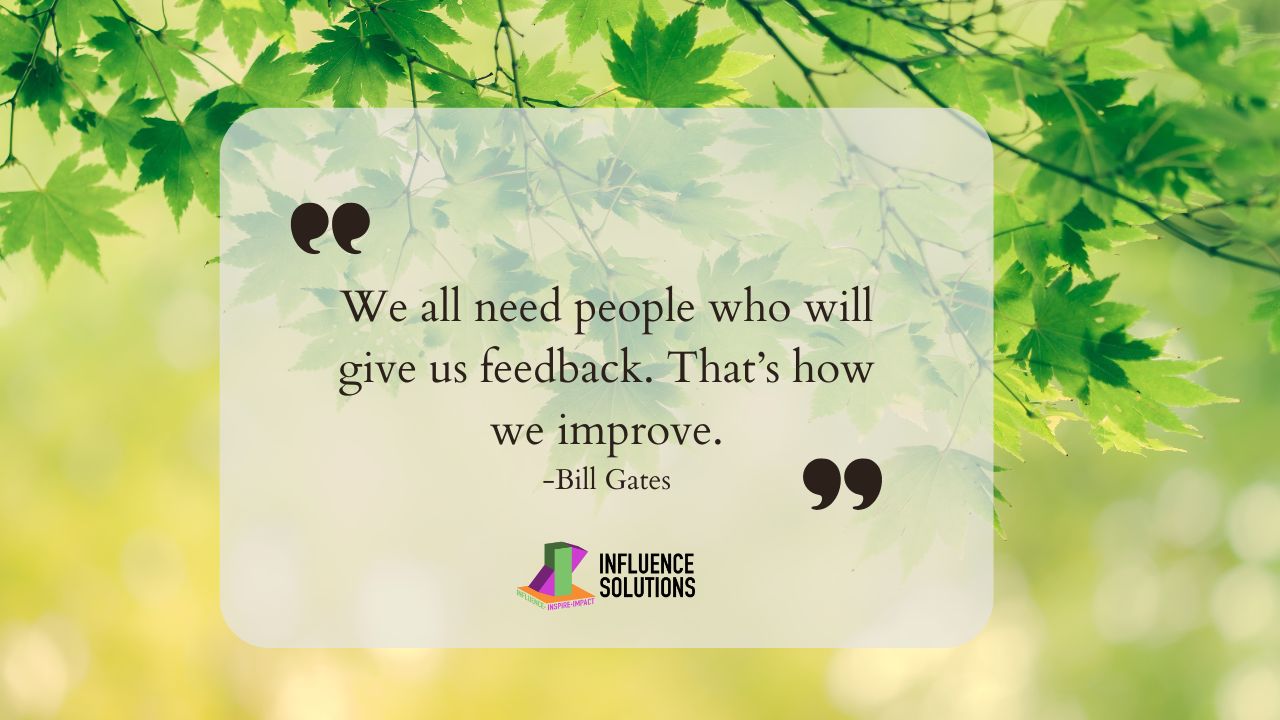April 2025 F.I.R.S.T. Newsletter 2 – The Feedback Loop: Turning Conversations into Growth
Happy April!
To support you in being F.I.R.S.T. (Future-Ready. Innovative. Relevant. Strategic. Trusted.), here’s 1 tip and 1 quote.

The F.I.R.S.T. Tip
Some feedback helps us grow. Some make us defensive. Ever wondered why? Maybe you’ve received vague feedback like “You need to be more proactive” and felt unsure about what to do next. Or perhaps you’ve given feedback, only to be met with silence or resistance. The difference between helpful and unhelpful feedback isn’t just what’s said—it’s how it’s framed. When done right, feedback builds trust, fuels progress, and strengthens relationships. So how do we make feedback feel less like criticism and more like an opportunity?
Make Feedback Specific and Actionable
Vague feedback leaves people stuck. Clear feedback helps them grow.
- Instead of “You need to speak up more in meetings,” try: “Your insights are valuable. I’d love to hear more of your thoughts in discussions—maybe start by sharing in the next meeting?”
- Instead of “This report isn’t great,” try:“The report has solid data, but it would be stronger with clearer recommendations. Let’s work on refining that together.”
When feedback is specific, constructive, and focused on action, it empowers change instead of creating frustration.
Build a Two-Way Feedback Loop
Great feedback isn’t a one-time event—it’s an ongoing conversation. The best teams and relationships create a culture where feedback flows both ways.
How to make feedback a habit:
- Ask for it: “What’s one thing I could improve on?”
- Check in regularly: “How’s this approach working for you?”
- Acknowledge effort: “I see the changes you’ve made, and they’re working well.”
By making feedback a two-way street, it feels less like criticism and more like a shared commitment to growth.
Receiving Feedback Without Feeling Defensive
Even well-intended feedback can sting. Our first instinct is often to justify or shut down. But what if we could train ourselves to react differently?
Next time you get feedback, try this:
- Pause before reacting. Take a breath instead of immediately responding.
- Listen for the insight, not just the words. Even poorly delivered feedback can contain something valuable.
- Ask a follow-up question. “Can you give me an example?” or “What would improvement look like?”
Shifting from reaction to reflection turns feedback into a tool for improvement, not a trigger for frustration. Think about a piece of feedback you’ve been meaning to give—or one you recently received.
- Could it be made clearer or more actionable?
- Could it become the start of a conversation, instead of the end of one?
- What might shift if curiosity took the place of defensiveness?
Sometimes, a small change in how we give or receive feedback can open the door to better conversations—and better outcomes.
The F.I.R.S.T. Quote






